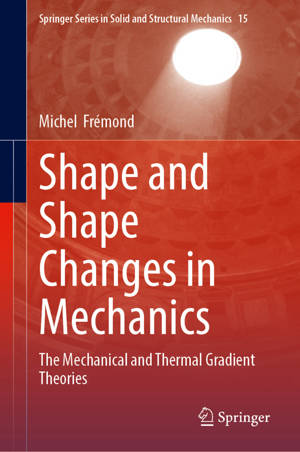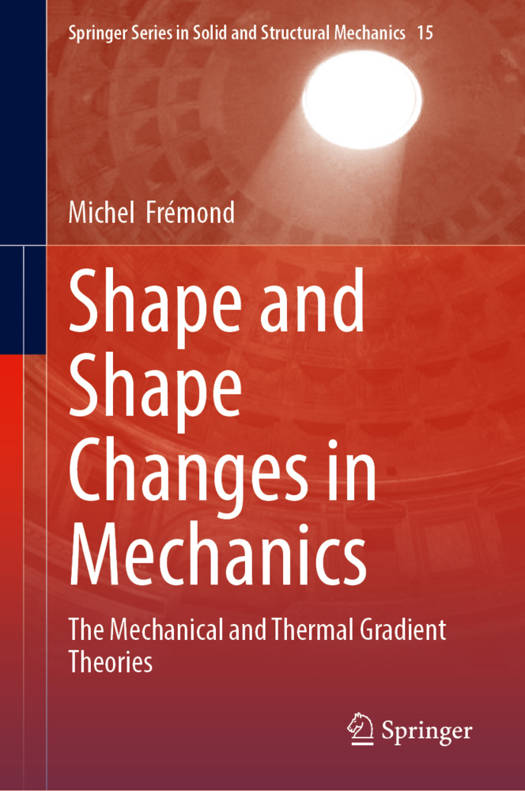
- Retrait gratuit dans votre magasin Club
- 7.000.000 titres dans notre catalogue
- Payer en toute sécurité
- Toujours un magasin près de chez vous
- Retrait gratuit dans votre magasin Club
- 7.000.000 titres dans notre catalogue
- Payer en toute sécurité
- Toujours un magasin près de chez vous
Description
This book provides an innovative description of motion with large deformations and the possibility of defects and dislocations. The theory is based on the stretch and angular matrices of the polar decomposition allowing convex potentials. Third-order gradient theories are required to account for mechanical everyday experiments, for instance assemblies of solid structures with different spatial dimensions. Second-order gradient theories are required for thermal experiments. Using the principle of virtual power and new convex potentials, the position of either solid or fluid structures together with the matrix accounting for the defects and dislocations is computed. Defects and dislocations are present in case an internal stress is large enough. Engineers and scientists active in solid and fluid engineering, mathematics, and numerics should be aware of this predictive theory. Damage, shape memory alloys, Cosserat materials, and surface tension are investigated in this framework.
Spécifications
Parties prenantes
- Auteur(s) :
- Editeur:
Contenu
- Nombre de pages :
- 438
- Langue:
- Anglais
- Collection :
- Tome:
- n° 15
Caractéristiques
- EAN:
- 9783031759147
- Date de parution :
- 06-03-25
- Format:
- Livre relié
- Format numérique:
- Genaaid
- Dimensions :
- 155 mm x 235 mm







